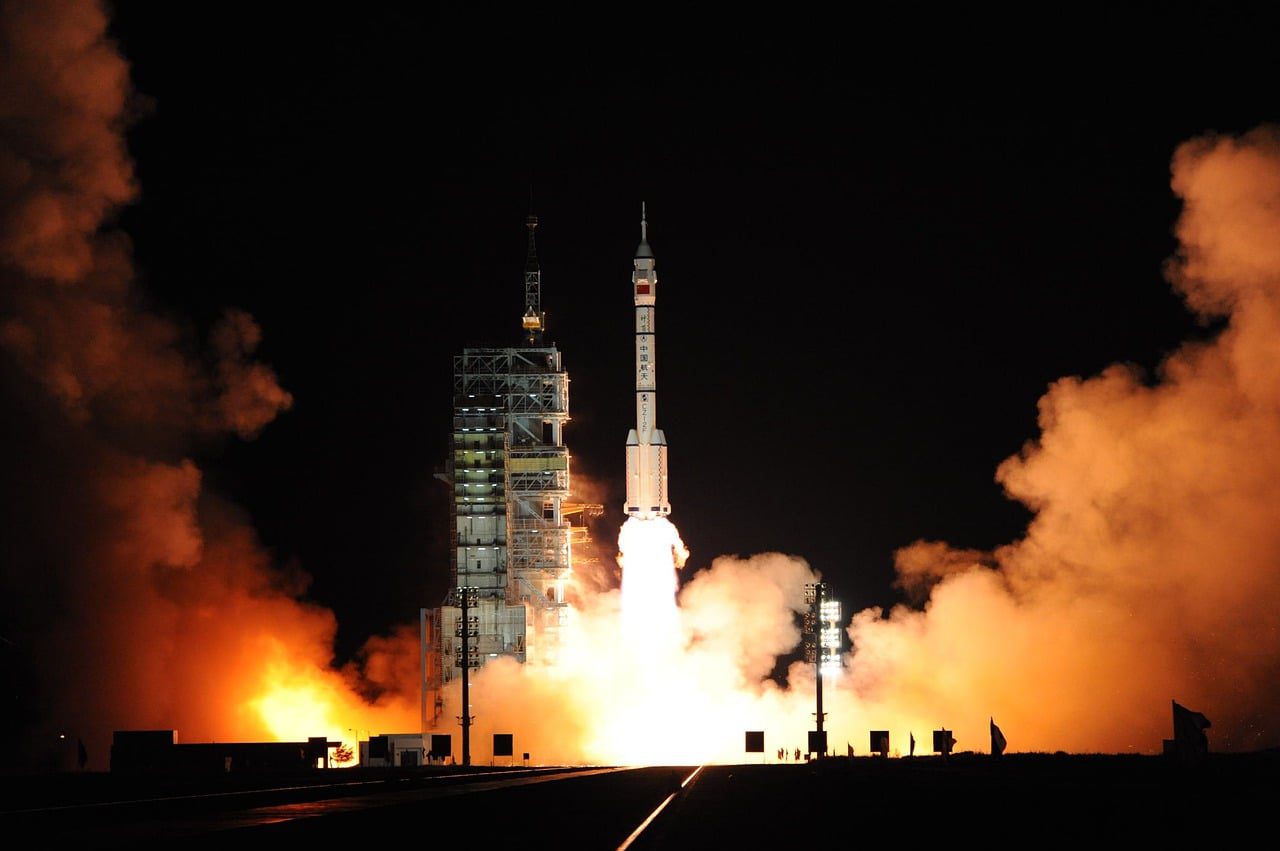Robotics, the Space Race and the Digital Twin Link

Technology is advancing at an exponential rate. The use of robotics is now firmly entrenched in virtually every industry – from manufacturing to those tasked with moving from our planet to other worldly locations. This, combined with aspects such as augmented reality (AR), virtual reality (VR) and accurate digital simulation is commonplace today. And it certainly extends beyond the boundaries of our planet.
One such example is that of the digital twin of one of Australia’s largest radio telescopes.
CSIRO’s Australian Square Kilometre Array Pathfinder (ASKAP)
Located in WA’s Murchison Radio-astronomy Observatory, CSIRO Data61 has collaborated with CSIRO Astronomy and Space Science (CASS), CSIRO’s Information Management and Technology (IM&T) and UNSW’s Expanded Perception and Interaction Centre (EPICentre), to create what is effectively a telescopic viewing platform that allows us to travel into the future.
This isn’t something that’s only available to scientists and tech-geeks. It’s available to every single one of us via an app on your smart phone combined with a head mounted display or virtual reality system. This has been made possible through innovative, cutting-edge use of AR, VR, simulation, computer graphics and the application of mass data analysis and collaboration that makes up the model known as a digital twin.
Digital Twin: an explanation
In its simplest terms, a digital twin is a virtual replication of a physical object or system. In the case of the ASKAP digital twin, this allows the user to simulate looking through the telescope – either now or into the future. It’s possible to set the time for a point years into the future and the digital twin will use the data to predict exactly what the sky will look like at that time. The telescope is used to study particular celestial objects and galaxies. To view this allows an accurate prediction of how they will appear at the future point that you select.
Team Leader of the project and Epicentre’s director, Dr Tomasz Bednarz, says that while currently, “the project is a demonstrator of digital twin capabilities, such as replaying pre-recorded historical data, we’re planning to extend it for full tele-monitoring in real-time.” This would mean that other aspects will impact the viewing, such as weather conditions, temperature, humidity, wind speed, radio signals etc.
Digital Twin Technology Encompasses all Industries
While such technology might at first appear to be space-specific, nothing could be further from the truth. The use of digital twins has far-reaching repercussions into every field. The ability to create a virtual simulation of any object or process that encompasses a whole life cycle is massive. Add in the fact that it’s possible to run infinite scenarios, just to see what-if, will allow organisations to make decisions based on real-time information. This is truly futuristic tech becoming reality – and is set to become a true game-changer.
Maintenance tasks can be predicted, waste can be identified and reduced, productivity can be understood and improved… The benefits are tremendous.
While mainstream digital twin technology is still in its infancy, there’s no denying the advantages this will bring. The concept is dynamic, feeding on constant and relevant data to evolve and improve. A digital twin can be set up for a single object and morph into mirroring a more complex system as the need arises.
With the ASKAP telescope an extreme example of how this technology works, it’s an exciting advancement that’s predicted to become widespread over the coming years.
Every sector not only needs to take advantage of the latest proven technology, but must be aware of what’s up and coming. Partnering with equipment providers who embrace the cutting edge is what gives an organisation the much-needed advantage in an ever-competitive marketplace.
Perth-based Nexxis are just such a supplier. Not only does their expert team have a finger on the pulse of evolving technology, they also understand the need for dynamic equipment solutions. An organisation’s needs constantly change, and with it their equipment requirements. Nexxis understand this and their unique flexible model is what makes their service wholly different.
Discover more about this refreshing approach to robotic inspection or contact us today for a no-obligation chat.
